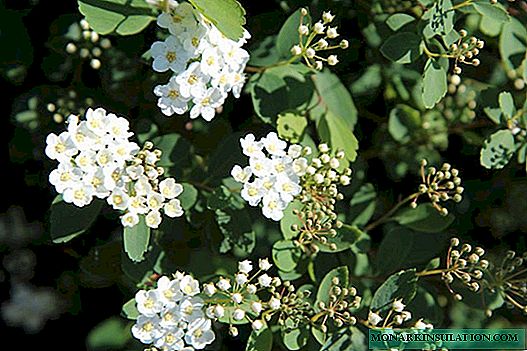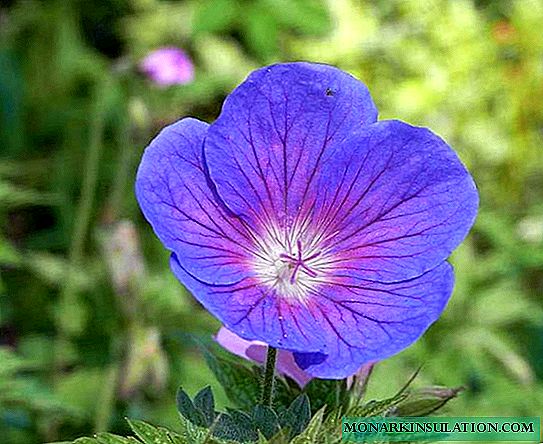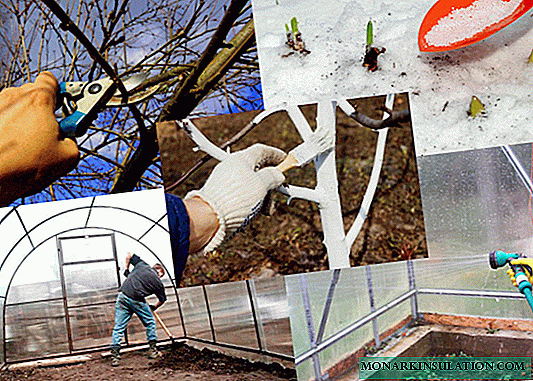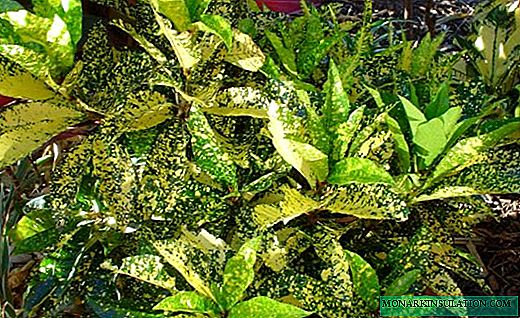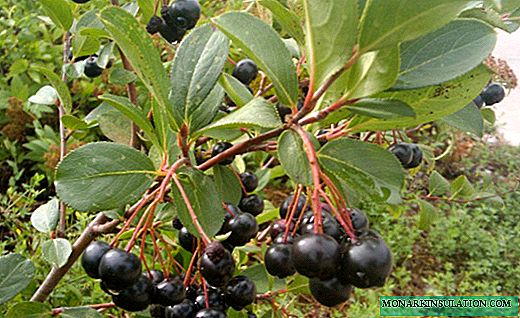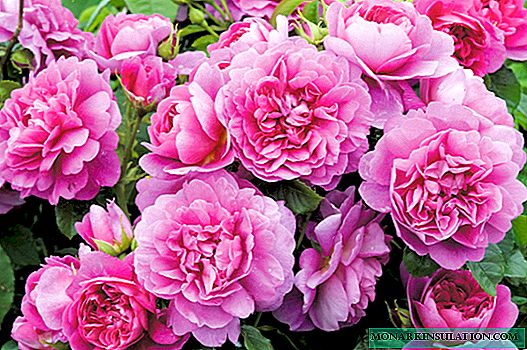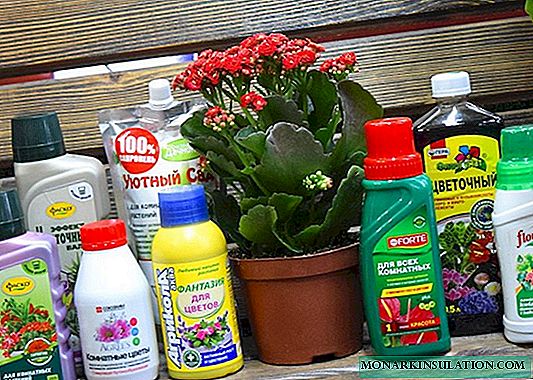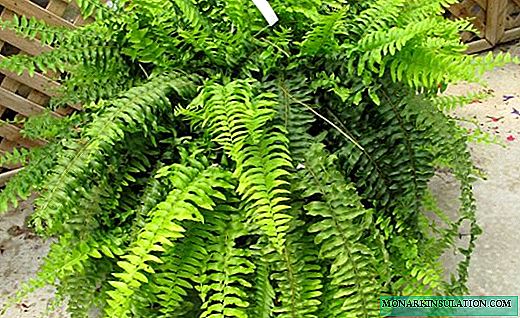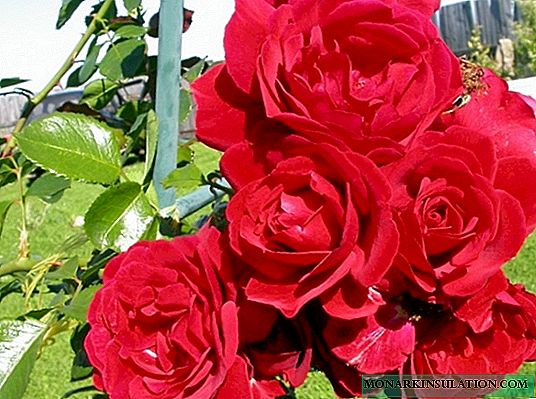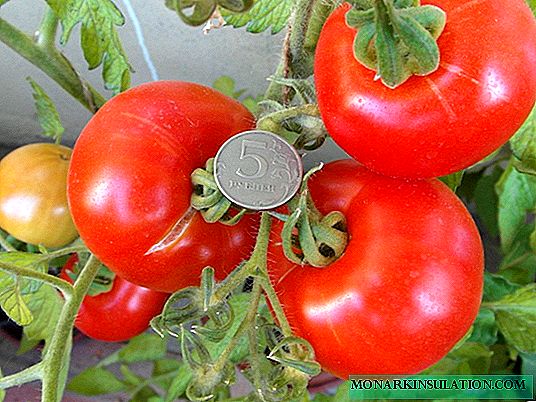
Tomato Siberian precocious will soon be 60 years old. And, despite the retirement age, this centenarian is still in service. Although the number of varieties and hybrids is growing rapidly, this tomato fully meets modern requirements for the simplicity of agricultural technology, the quality of fruits and prevalence in various climatic zones.
Description of the tomato variety Siberian precocious: characteristics and regions of cultivation
Tomato varieties Siberian precocious is included in the State Register of the Russian Federation back in 1959. The list of areas where cultivation is officially recommended is impressive: these are the North, North-West, Central, Volga-Vyatka, Middle Volga, West Siberian, Ural, West Siberian, East Siberian and Far Eastern regions. As we can see, only warm edges and areas are missing from the list, which may seem strange: after all, tomatoes love warmth. But Siberian precocious is a tomato created especially for a cool climate and feels uncomfortable in conditions of excessive heat.
Its purpose is universal - the variety can be cultivated both in unprotected soil and using film shelters. In both cases, the yield of the variety is approximately the same, therefore, the choice of growing conditions is determined by the climate of the region, the desire to get the crop at the usual time or earlier, as well as the preferences of the gardener. Attitude to diseases is inconsistent: if the immunity to tobacco mosaic and spotting is high, then other diseases affect the variety along with most old known tomatoes.
Siberian precocious belongs to the category of determinant tomatoes, that is, the growth force of its bush is limited. It is relatively undersized, with a height of not more than 80 cm, leafyness is weak to medium. The leaves are medium sized and plain green. Only a few inflorescences are formed on the main stem, so they prefer to grow the variety in several stems, most often in three. In each inflorescence there are 3-5 flowers and, accordingly, with normal pollination, the same number of fruits are formed.

On the bushes, the fruits look in the usual way: there are several pieces in the brush
The Siberian precocious variety is of early ripening: the first fruits can be harvested approximately 3.5 months after emergence. The lowest inflorescence, from which the fruits will appear, is formed above the sixth leaf or slightly higher, and all the following - after 1 or 2 leaves. The fruits are perfectly round or slightly flattened, the ribbing is barely noticeable, rather large: each tomato weighs from 60 to 120 g. The color of fully ripened tomatoes is bright red, but until the last moment the stalk remains a dark green color. Seed nests in fruits - from four or more.
Tomatoes cannot be called very tasty, even among the early varieties the taste of the fruit is far from the best. It, like the aroma, is quite traditional, without frills. They are mainly used fresh, but canning is quite possible. The crop is stored for a long time and is transported over long distances almost without loss. Productivity in greenhouse conditions is not bad: from 6 to 9 kg / m2, in unprotected soil a little lower, with more than half of the crop ripening in the first month of fruiting.
Video: characteristic varieties Siberian precocious
Appearance of Tomatoes
The shape of the fruits of the Siberian precocious is classic tomato, their color is anthology. These are bright red rounded tomatoes, such as they are represented by most people from early childhood.

Classic shape, red color - nothing unusual, real early tomato
The bushes of this variety cannot be considered durable, they have to be tied up, so the tomatoes on the bushes do not look as elegant as some modern determinant varieties: they do not resemble a Christmas tree, but that is exactly what most old varieties look like.

On the bushes at the same time there are fruits of different degrees of ripening, while they do not look very festive
Advantages and disadvantages of the Siberian precocious
The fact that the Siberian precocious has been grown for almost 60 years makes us wonder why it is so good. Indeed, according to the description given in official documents, the taste of these tomatoes is only satisfactory. Apparently, the reason lies in the name: Siberia is not a very traditional place for cultivating tomatoes, but this variety feels good in harsh conditions. The most important positive aspects of the variety are considered to be:
- good productivity in both protected and unprotected soil;
- long-term crop safety and its ability to transport;
- the ability of tomatoes to fully ripen during transportation, being picked brown;
- undemanding to growing conditions;
- increased resistance to cooling and other vagaries of the weather;
- universality of the use of fruits;
- friendly ripening of the first half of the crop and extended maturation of the remaining fruits;
- immunity to tobacco mosaic and brown spotting.
The obvious disadvantages of the variety are:
- mediocre taste of tomatoes;
- uneven fruit size;
- a clear lag from modern varieties and hybrids in flexibility to growing conditions, resistance to a complex of diseases and in the quality of fruits.
It is noted that the taste of tomatoes grown in the open air is significantly better than those obtained in greenhouse conditions. Actually, this trend is observed for most vegetables.
Nevertheless, the most important feature of the variety, allowing it to remain among the well-known tomatoes for a long time, is its high resistance to the conditions of harsh regions, although one cannot but admit that in especially cold seasons the quality and quantity of the crop decrease significantly.
In relation to the vagaries of weather, the Siberian precocious surpasses both many new early-ripening varieties and well-deserved ones, such as, for example, White Bulk. However, it differs for the better from many early tomatoes by the large size of the fruit (although, on one bush, tomatoes of significantly different sizes are found). But in terms of taste, it is significantly inferior to Betta, and Shuttle, and even to the same White bulk. Apparently, not far off is the time when new developments will supplant this variety even in the climatic regions native to it.
Features of planting and growing
Siberian precocious is grown in open and closed ground, but if there is such an opportunity, it is better to give preference to fresh air: it is not afraid of cold weather, and tomatoes are more delicious. Its agricultural technology differs little from that for most early ripe tomato varieties: almost throughout the country, tomatoes are grown through the seedling stage.
The timing of sowing seeds for seedlings depends both on the climate of the region and on whether the grown seedlings or in the garden bed will be planted in the greenhouse. In any case, the timing should be carried out in such a way that during the planting of the two-month seedlings it is warm both in the air and in the ground: both there and there, the daily temperature should be at least 15 aboutC. Therefore, it is necessary to sow seeds for soil cultivation of tomatoes in the middle lane in the second half of March, and in Siberia and equivalent regions in early April. For greenhouse cultivation - depending on the quality of the greenhouse: in the case of ordinary film greenhouses, seedlings start a couple of weeks earlier.
The technology for growing seedlings does not differ from that for other varieties. Most often, prepared seeds are first sown in a common box, and then, in the stage of 1-3 real leaflets, dive in individual cups or in a more spacious common dwelling, with a distance of 6 cm between plants.

Seedlings of Siberian precocious plants rarely outgrow: getting high-quality plants is relatively easy
In the process of seedlings care, the main thing is the temperature and light conditions. On the very first day after the emergence of seedlings, the temperature should be greatly reduced (to 16-18 ° C), and the illumination provided as high as possible. After 4-5 days, the temperature is raised to room temperature and left as such for all two months. Seedlings are rarely and moderately watered. Under the condition of fertile soil, you can do without fertilizing. 10-15 days before planting in the garden, they gradually accustom themselves to harsh conditions, taking them to the balcony.
Beds for tomatoes are prepared in advance, not forgetting that they do not need a lot of manure, especially fresh, but phosphorus fertilizers should be given in abundance. On 1 m2 make a bucket of humus, half a liter of wood ash and about 40 g of superphosphate. The Siberian precocious is planted relatively densely: after 40-50 cm from each other. Usual landing technology:
- Make small holes in the designated places, add a little additional fertilizer to each hole: half a glass of ash or a teaspoon of nitroammophos. After mixing the fertilizer and soil, the well is watered.

You can not water the wells in advance, but this option is preferable: when planting in the mud, plants better take root
- Gently remove the tomatoes from a box or cups with an earthen lump and place them in the holes, while the seedlings are buried on the most cotyledonous leaves.

Gently squeeze the roots of seedlings with your fingers so that there are no voids
- Water the seedlings with water at a temperature of at least 25 aboutC and mulch the soil with any loose material.
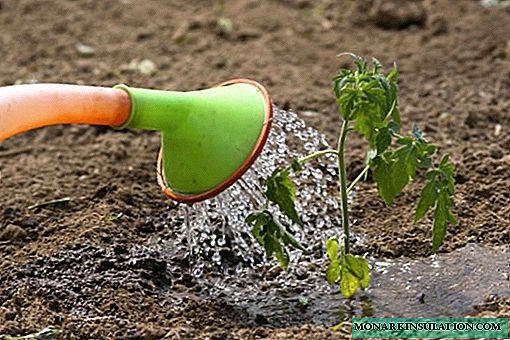
After transplanting seedlings, the ground should be wetted with high quality, but then you should not water it for a week
The usual care of the bushes (watering, top dressing, cultivation) is complemented by a couple more activities. Despite the determinism of the variety, the Siberian precocious has to be tied up: its stems are fragile. Therefore, pegs organize immediately after planting seedlings. The stems are tied with a soft ribbon in several places, and as they grow, they are repeated.
The bush is formed into three stems, the most powerful stepchildren act as additional stems, but the rest are necessarily removed. Removing stepchildren is engaged weekly, breaking off them before they grow to 5 cm or more. In addition, in greenhouses it is advisable to help tomatoes and pollinate by lightly shaking brushes with flowers every few days.

The earlier stepsons break out, the more strength remains at the bush
On personal sites, it is not worth recommending preventive spraying of tomatoes from diseases and pests with the use of chemicals, but folk remedies should sometimes be used. Infestations of onions or garlic, as well as calendula or marigold sown nearby, repel pests well.
Reviews
Two years ago, I planted a Siberian precocious, hoping for an early harvest. The variety was not very early, but not too late - mid-season. Some varieties, the same Sanka, ripened much earlier. I didn’t like the taste - fresh fruit, slightly sour.
Katerina
//www.tomat-pomidor.com/newforum/index.php?topic=4453.0
I want to stand up for this variety. The variety is old, proven, suitable for Siberian conditions, early, productive, unpretentious. Yes, he tastes like an ordinary tomato; of course, these are not exotic dipypsylic ones. But I can’t say that it’s sour. By consistency - fruits of salad purpose, juicy. They make a very tasty salad when tomato juice is mixed with sour cream. They will go to juice and processing. I haven’t tried it for salting, but it’s unlikely that the shell is tender. Less - they don’t lie for a long time, but they don’t lie down here. I don’t sow before mid-March, it makes no sense, everything will be in time early.
Galina
//www.tomat-pomidor.com/newforum/index.php?topic=4453.0
I bought the name, I thought that if it was premature for Siberia, it was all the more so for us - I would collect it in June. Yeah, how so. Sowing in early March, into the ground - April 15-20, bloomed in late June, the first harvest - after July 15. Bloomed violently - at least cut the bouquets, ovaries - not counted, and then it began to fall off, the stalk dried, the leaves dried up, brown stains on the stems (I still don’t know what the infection was) I gathered a kilogram from 20 bushes 5 Everything else is in the trash, and the seeds are there too.
Eugene
//dacha.wcb.ru/index.php?showtopic=54276
One of the favorite varieties, really early ripe, tasty, well suited for salads and pickles. It grows quickly, seedlings are always strong and resistant to disease, quite productive and easy to grow.
Tanya
//www.bolshoyvopros.ru/questions/1426458-pogovorim-o-pomidorah-kak-vam-sort-sibirskij-skorospelyj-otzyvy.html
Siberian precocious is currently not the best tomato variety, but thanks to many properties it is still successfully grown in regions with a harsh climate. At the same time, high yields are obtained with equal success both in greenhouses and in the open air. This is a cold-resistant crop variety of early ripening, bearing fruit in fairly large tomatoes of a classic shape and color. Its unpretentiousness allows you to recommend a variety to inexperienced gardeners.




